The blacktip shark, not to be confused with the blacktip reef shark, is a shallow-water predator. Their proximity to shore makes them a likely candidate for shark bites, though they are normally wary of humans. Read on to learn about the Blacktip shark.
Description of the Blacktip Shark
These sharks are named for the characteristic black tips at the ends of their fins, and the black coloration at the points of the dorsal fins on their backs. They also have black markings along the trailing edge of their pectoral fins and tail. The blacktip had a very streamlined body, and five gill slits on either side of its head. The body has gray coloration on the back and sides, and white/cream coloration on its belly.
Interesting Facts About the Blacktip Shark
Sharks in general are highly misunderstood, and frequently feared. In reality, sharks are awe-inspiring predators built with many unique traits to keep them alive.
- Subtle Camouflage – Though this may come as a surprise, sharks actually have built in camouflage. The dark coloration of their backs, and light coloration of their bellies, is called “countershading.” This countershading makes it much harder to see the shark’s silhouette. When viewed from above, the dark colored back blends with the dark sea below. When viewed from underneath, the light colored underside blends in with the sunlight above.
- She Don’t Need No Man! – Though scientists are unsure how frequently this occurs, blacktip sharks are capable of asexual reproduction. This means that the female can fertilize her own eggs without the presence of a male, and produce viable offspring.
- Homeward Bound – Blacktips give birth in nurseries of shallow water. Female blacktip sharks will return to the very nursery they were born in to give birth to their young. This is similar to the nesting behavior exhibited by many sea turtles.
- A Leap, Skip, and a Jump – These sharks are known for their propensity to leap above the surface of the water. Jumping sharks may perform three or four “barrel rolls” along their axis before reentering the water. Scientists believe this behavior occurs during feeding.
Habitat of the Blacktip Shark
The vast majority of blacktip sharks are found in depths shallower than 98 feet. These predators appear to prefer bays with low visibility or high mud content, the edges of coral reefs, mangroves, and estuaries. They can be found offshore, but typically do not inhabit open ocean habitats.
Distribution of the Blacktip Shark
Blacktip sharks can be found in tropical and subtropical waters worldwide. They can be found along most of the east coast of North and South America, in the Atlantic Ocean. They are also frequently seen in the Mediterranean Sea, and the outskirts of the Indian Ocean. These sharks can also be found in both the western and eastern Pacific Ocean.
Diet of the Blacktip Shark
These sharks feed mainly on fish, with the occasional crustacean (crab), cephalopod (squid), stingray, and smaller shark. Some common prey for blacktip sharks include: sardines, mullet, snook, grouper, herring, grunts, tilapia, and porcupine fish.
Blacktip Shark and Human Interaction
Shark and human interactions are rarely positive. While some ecotourism occurs, much of the human interaction with sharks is detrimental to one or the other. Sharks undoubtedly suffer the most in most of these interactions. The occasional interaction detrimental to humans is typically not entirely the shark’s fault.
Shark vs. Human
These sharks are normally quite shy around humans, and keep their distance. They do, however, become aggressive in the presence of food. These large, fast sharks definitely require some respect. It is estimated that 16% of Florida’s shark bites are perpetrated by blacktip sharks.
Human vs. Shark
Humans fish sharks heavily, mainly for their meat and fins. Shark fin soup drives the market for shark fishing, and because this species reproduces at a relatively slow rate, their population has suffered.
These sharks are also captured by recreational fishermen for sport, increasing the rate of their decline. Overfishing of blacktip sharks is causing an overall population decline, leading the species to be listed as Near Threatened.
Domestication
Blacktip sharks have not been domesticated in any way.
Does the Blacktip Shark Make a Good Pet
No, these sharks are not commonly kept in aquariums.
Blacktip Shark Care
We know very little about the care of blacktip sharks, as they are very rarely kept in zoos and aquariums. Because they are a relatively large species, we can assume that they would need a large tank, with plenty of space to swim freely. These sharks would also require a diet of fish, and it is likely that providing a variety of species would be beneficial to their health. These sharks would also require vitamins and minerals based on a veterinarian’s recommendation.
Behavior of the Blacktip Shark
These sharks perform the unique behavior of breaching, which is jumping clear of the surface of the water. While jumping, the shark will frequently spin three or four times. This behavior is quite similar to another shark species, the spinner shark. It is believed that sharks may jump out of the water while hunting, or to dislodge parasites.
Reproduction of the Blacktip Shark
Blacktip sharks are viviparous, meaning that the young develop inside them, and they have live birth rather than laying eggs. They will give birth to between four and seven shark pups. The pups are self-sufficient, and will grow up in the safety of shallow-water nurseries learning to hunt prey.
Beliefs, Superstitions, and Phobias About the Blacktip Shark
Blacktips, and all sharks, are frequently demonized as mindless predators. Bites to humans typically occur due to human error or confusion, and sharks pay the ultimate price for this. Because they aren’t cute and cuddly creatures, people are not as adamant about protecting this species in decline. In reality, shark bites are highly unlikely to occur, and safe swimming practices can help avoid conflict.

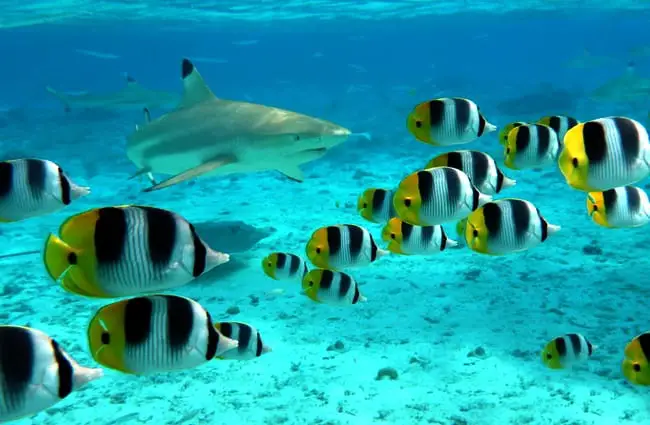
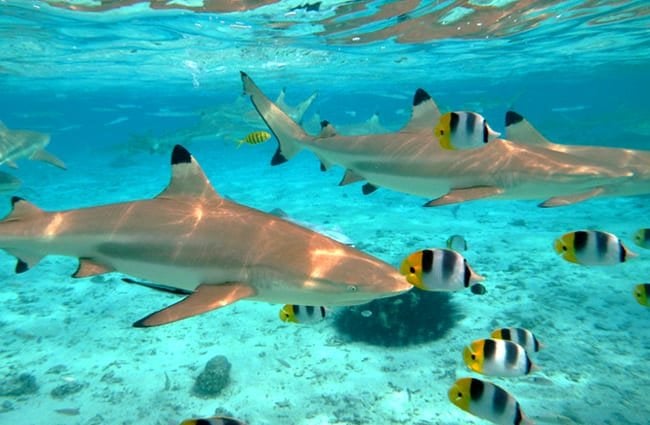

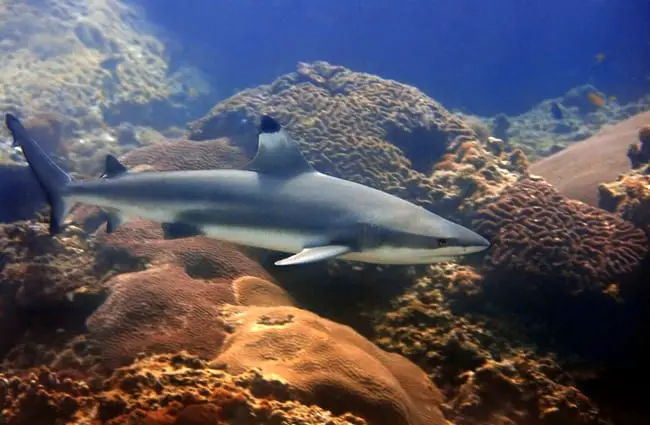
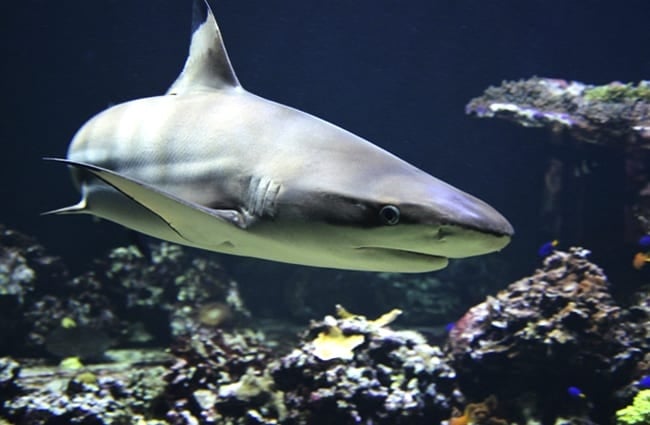
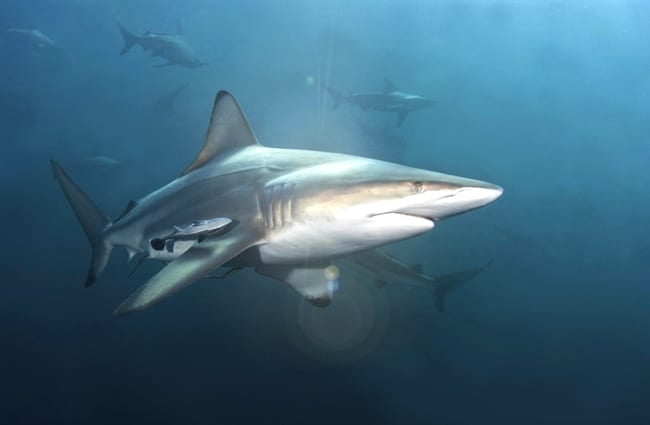

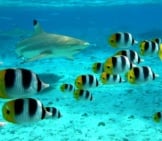
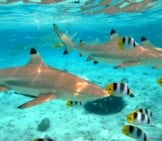



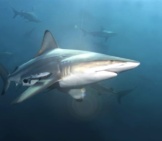
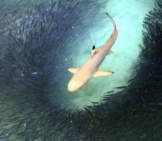
![Red Angus Closeup of a beautiful Red Angus cowPhoto by: U.S. Department of Agriculture [pubic domain]https://creativecommons.org/licenses/by/2.0/](https://animals.net/wp-content/uploads/2020/03/Red-Angus-4-238x178.jpg)












![Red Angus Closeup of a beautiful Red Angus cowPhoto by: U.S. Department of Agriculture [pubic domain]https://creativecommons.org/licenses/by/2.0/](https://animals.net/wp-content/uploads/2020/03/Red-Angus-4-100x75.jpg)

